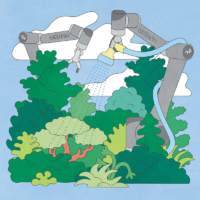WILD WATCH
Aug 16, 2000
Aug 2, 2000
Jul 5, 2000
Jun 21, 2000
May 31, 2000
May 17, 2000
May 2, 2000
Dec 1, 1999
Oct 20, 1999
Oct 6, 1999
Sep 15, 1999
Sep 1, 1999
Aug 4, 1999













